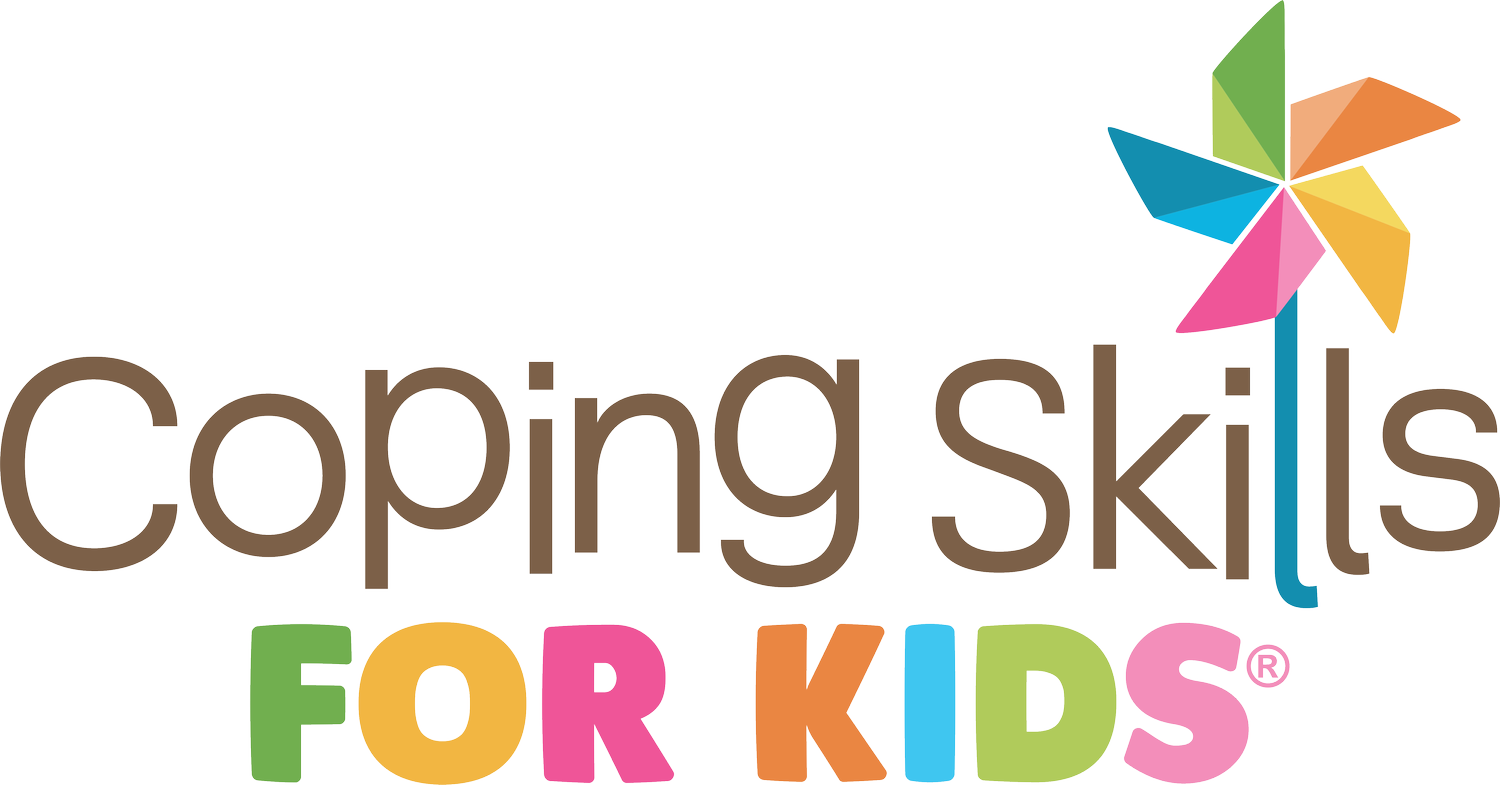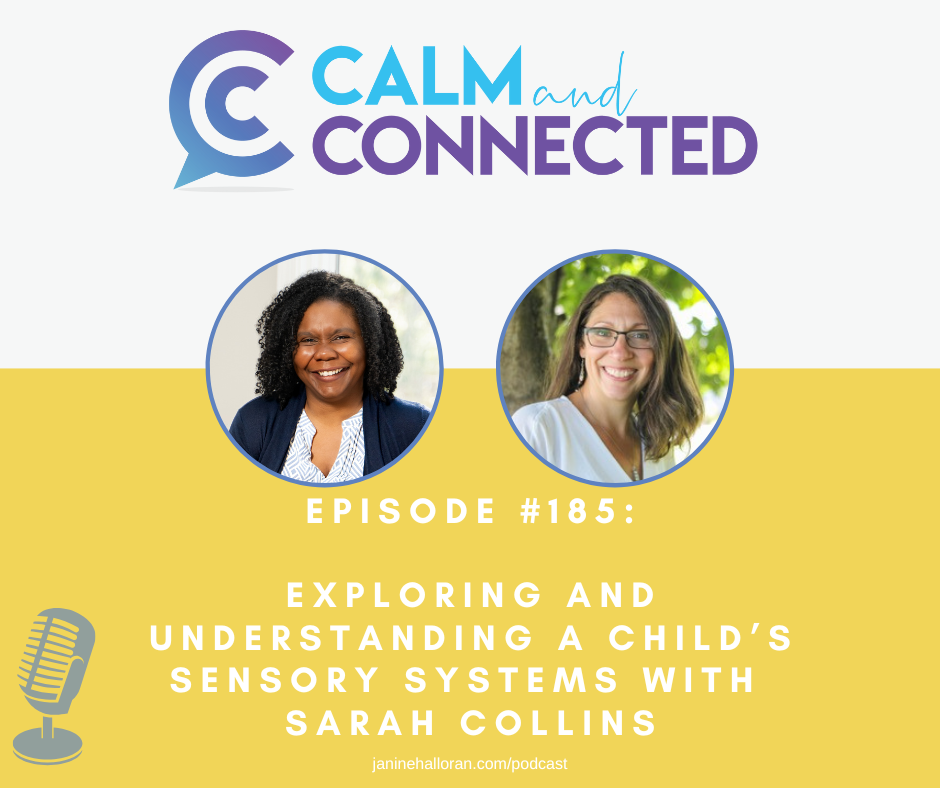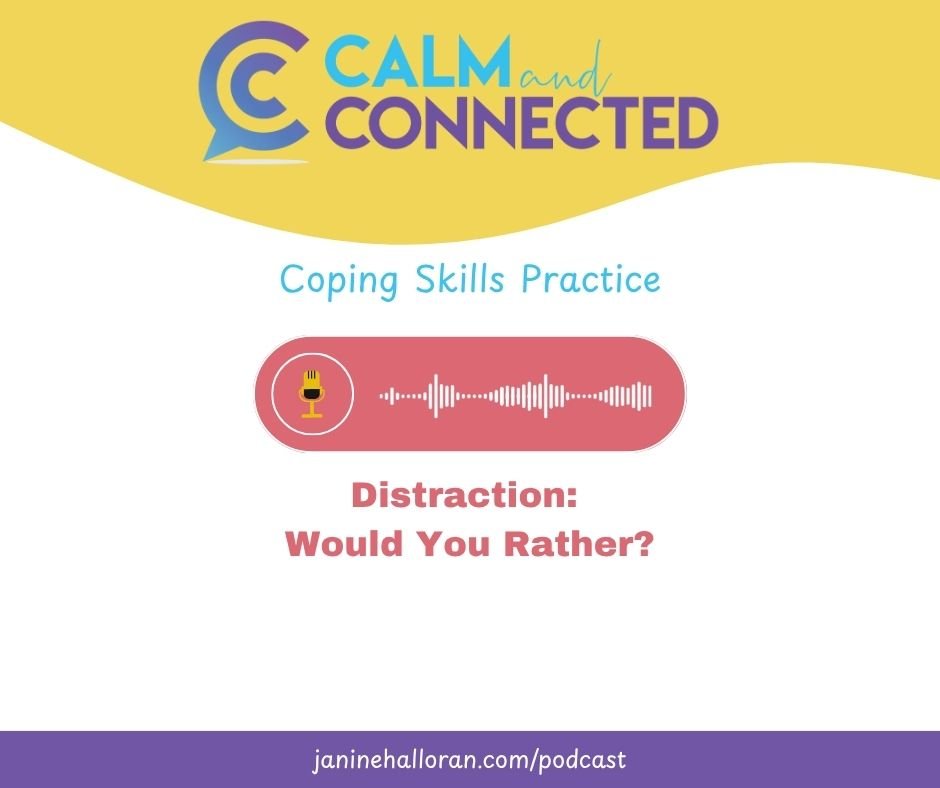As a counselor, sometimes I work with kids who have a hard time identifying their feelings, especially the fact that feelings can range from slight to intense. One of the interventions I use is a feelings thermometer.
Kids need to understand what they are feeling and that feelings can be small or big. Being able to identify how big their feelings are can also help them recognize when they are getting more and more escalated. If they know when they are escalating, then they can intervene and use a coping skill to manage their feelings.
When creating a thermometer, focus on one feeling at a time. Here’s how you can make an anger thermometer.
How to Make an Anger Thermometer:
Take a blank thermometer and divided it into 3 sections.
Have the child pick out three colors, one for each section of the thermometer and color it in
Label the Thermometer
Next to the bottom section of the thermometer, I write slightly angry, by the middle section I write really angry, and by the top I write very angry. Sometimes I even add the words small, medium and big by each of the sections so kids really understand about the size of their feeling.
Talk about each section
Ask what their anger looks like when they are at the bottom of the thermometer. Do they stomp their feet, sigh loudly, growl, etc. Then we move on to the next section - if they are really angry, what does that look like? Does their voice get louder? Do they start invading other people’s space? Then we talk about very angry - what does that look like? Is it yelling, throwing things, running away?
It isn’t always easy for kids to do this. If they are having a hard time identifying what the behaviors were, I tell them what I noticed the last time I saw them get angry. Sometimes I try to give them a prompt to help them, like “When some kids get angry, they yell, is that something you do?”
Once we go through and identify behaviors on the thermometer, then we work on identifying coping skills they can use to calm down. Some examples include getting a drink of water, taking deep breaths, counting to a certain number or taking a walk.
I want to make sure they have coping skills that will help them at each level of anger. It’s important to have a variety of coping skills for each level, because not all coping skills will work all the time. For some kids, taking a drink of water can help calm them down when they are just slightly angry. However, when they are very angry, getting a drink of water won’t help. They need to do something different at that point, like take a walk.
Later on, after an incident has happened, they can use the thermometer to indicate how they are feeling, and it’s a jumping off point for determining what to do next.
To make it easier (and because I love crafts), I add arrows to my feelings thermometer. I typically like to laminate the thermometer and the little arrow. Then I use velcro to make places to move the thermometer. The kids can easily move the arrow to indicate where they were on the thermometer.
Although I’ve just focused here on anger, you can also make feelings thermometers for sadness or anxiety or any other feeling a child is having difficulty understanding.
To make it easier for you, I’ve created a printable that you can use to make your own feelings thermometer. On the left you can label what they child looks like, and on the right of the thermometer, you can write what they do.













